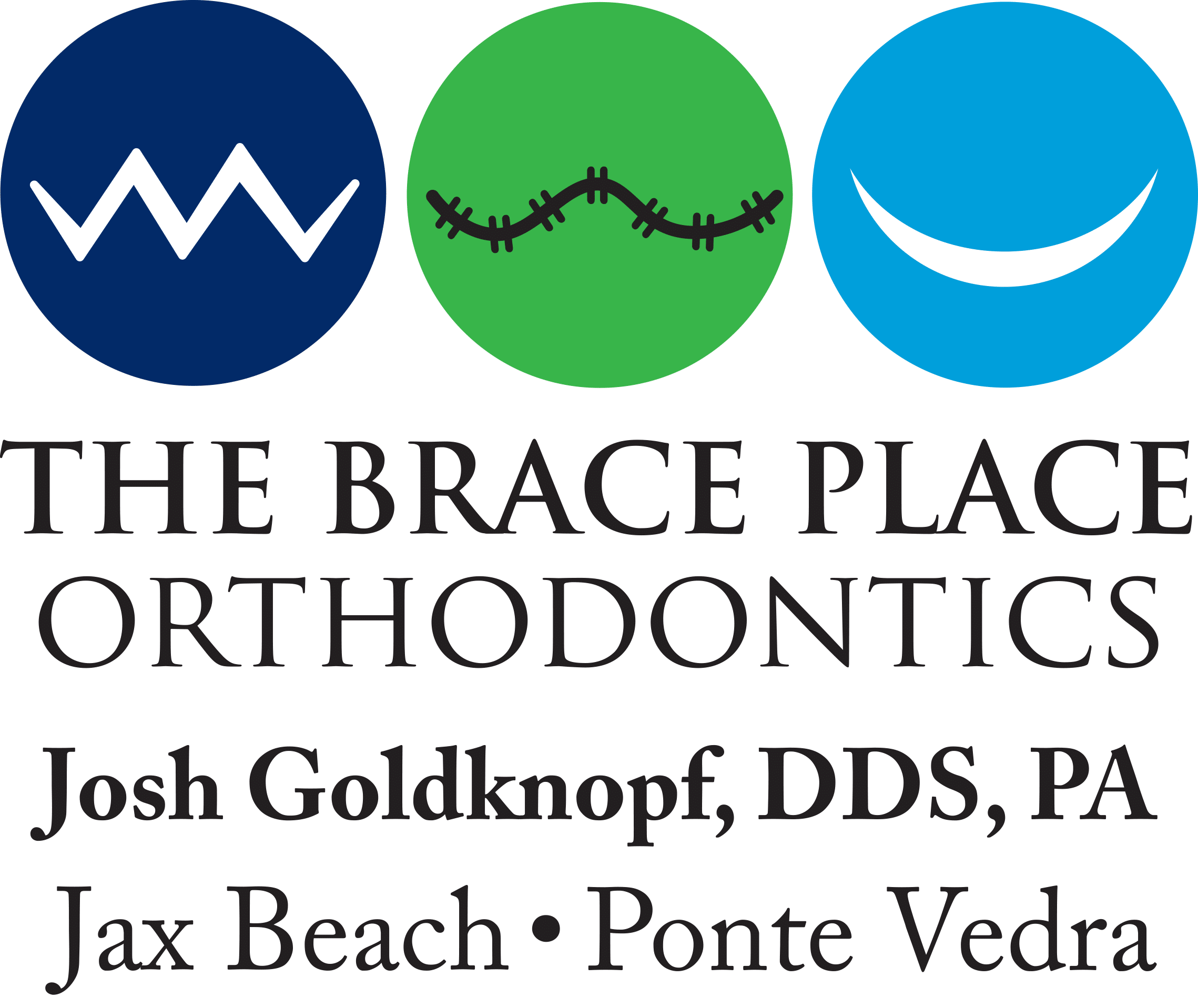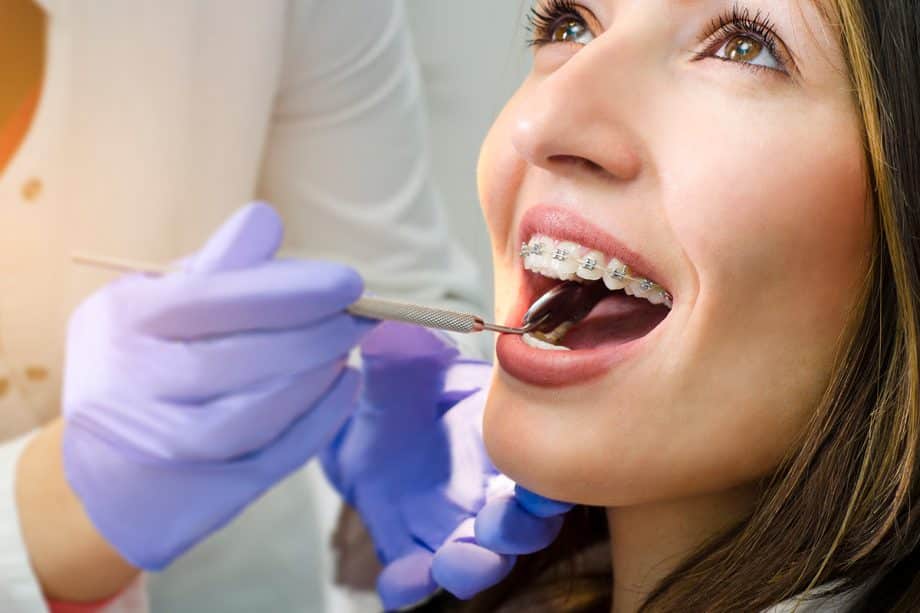Braces are one of the most common orthodontic treatments. They straighten your teeth and align your bite so that your top and bottom rows of teeth meet together properly. If your top teeth are mostly straight but your bottom teeth are not, can you get braces on just the bottom teeth? Learn how braces work in cases like these.
How Do Braces Work?
Traditional braces consist of metal brackets and wires. The brackets attach to the front of each tooth and the archwire connects the brackets. Braces exert force to shift the teeth into proper alignment for improved dental health. Sometimes rubber bands (elastics) are used to exert additional force on the teeth to pull them into the proper position.
Although it is possible to get braces on just your bottom teeth, they work best when they are placed on the top and bottom teeth together. When the bottom teeth are shifted and straightened it affects the way they meet together with your top teeth. The top teeth may also need to be shifted along with the bottom teeth to achieve the necessary results.
If your treatment includes rubber bands, they typically need to be stretched from certain brackets on the top teeth to certain brackets on the bottom teeth in order to properly align your bite. This only works when you have braces on all of your teeth.
Two-Phase Orthodontic Treatment
Some patients will get best results when treatment is split into two phases. The first phase may begin around the age of 7 or 8 when early intervention is necessary. The goal of the first phase is typically to guide growth and positioning of the permanent teeth as they come in. This may entail braces or other orthodontic appliances such as palate expanders. If there is a specific issue on the bottom row of teeth, braces may be placed on just the bottom (Or just the top) teeth during phase one.
Phase 2 typically occurs during the adolescent years when most of the permanent teeth are in place. This most often includes braces. If a child has braces on their bottom teeth from phase one, the top braces may be added during phase 2. In other cases the phase one braces or appliances are removed for a few years before phase 2 begins.
Frequently Asked Questions About Braces?
When should my child have an orthodontic evaluation?
The American Association of Orthodontists recommends that all children have an orthodontic evaluation by the age of 7. This allows for identification of orthodontic issues that may require early treatment. Early intervention can reduce the need and duration of future treatment.
Can adults get braces on just their bottom teeth?
Adults also seek orthodontic treatment for a variety of reasons. If you’re considering beginning treatment in adulthood, we can evaluate your needs and make a recommendation for how to best achieve the desired results.
Why See a Board Certified Orthodontist?
Dr. Goldknopf at The Brace Place Orthodontics is a board certified orthodontist. He has earned this recognition through a rigorous certification and examination process that only 1 in 3 orthodontists has achieved. This means Dr. G can provide an advanced level of care that is effective and achieves the necessary results, often in a shorter period of time.
Contact us today to learn more and schedule an appointment.


